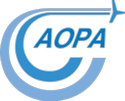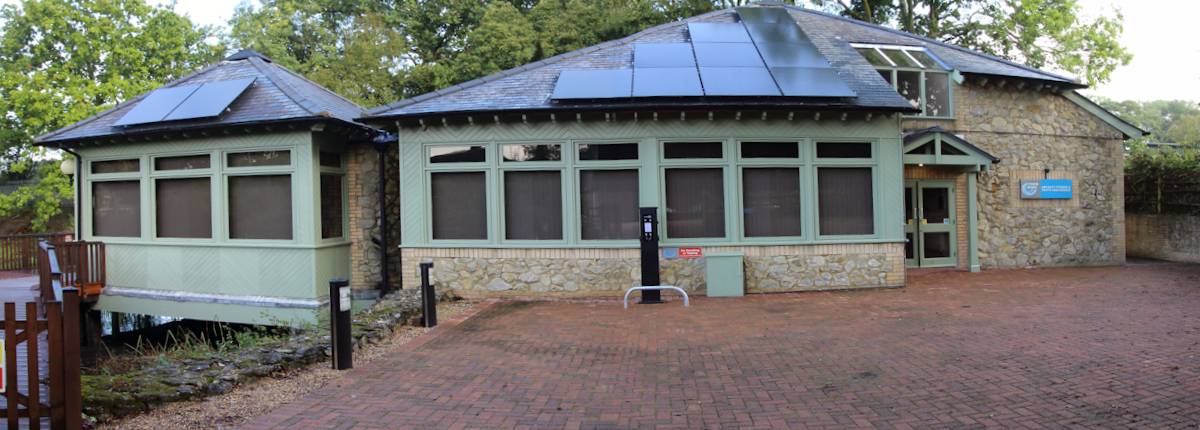 |
Leaded Aviation Fuel used by GA Aircraft |
Leaded Aviation Fuel used in General Aviation - Joint Statement by: AOPA – LAA - BMAA
The University of Kent published a study in September 2022: “Mills, Ashley and Peckham, Stephen (2022) Lead exposure from general aviation emissions in the UK: a review and call for action. Public Health Challenges,1(4). ISSN 2769-2450”
The publication prompted some articles in the press both in the UK and USA. In December 2022, Bloomberg published their article about lead pollution from General Aviation aircraft in the UK with the headline ”UK Underestimated Lead Pollution from Small Private Planes by 14,000 Times, Study Finds”
On 9 January 2023 the Daily Telegraph picked up the story and published it under the scaremongering headline “Aeroplane hobbyists putting thousands at risk of cancer thanks to lead-based fuel”, ironically leading with a stock photo of a CFM Shadow microlight which has a Rotax Engine and, if in the UK, will most probably be running on unleaded petrol (MOGAS).
Globally, light aircraft powered by piston engines have typically used a leaded aviation fuel 100LL (AVGAS). Whilst motors cars were weaned off leaded fuels decades ago, the old designs of aero-engines were not so easily transferred. An unleaded aviation fuel (UL91) has been approved for use with more modern designs and has been cleared for use on some of the traditional engines. However, no universal replacement for 100LL has been approved and several of the higher power engines, typically turbocharged, still need the leaded fuel to run safely
For many years work has attempted to find a fuel standard that would drop in as a replacement for 100LL but this has been unsuccessful to date. A different approach has been introduced by the FAA in the USA which authorises specific aircraft to use an unleaded fuel produced in the USA by GAMI Inc. (G100UL). The breadth of these authorisations is gradually increasing.
The volume of fuel used by piston engine aircraft is relatively small and the supply chain is resistant to further sub-dividing the supply across multiple fuel types.
The University study itself confirms that data held by the Government does not differentiate between leaded and unleaded aviation fuel and the authors make assumptions on the volumes of each fuel used in the UK – there is no indication that aviation fuel suppliers themselves were approached for sales records for either leaded or unleaded aviation fuels.
Efforts have been underway for many years to identify a replacement for 100LL, mostly driven by groups in the USA. Separately, bodies in the USA and Europe are increasingly concerned about the effects of lead in the atmosphere and light aviation’s use of 100LL does not help matters. The move to unleaded fuels should be a higher priority that requires committed Government support. We totally disagree with inflammatory and scaremongering headlines, using demeaning terms like “hobbyist pilots”, lack of balance in articles with no views from the aviation associations.
The reality is that our associations have been working together on the issue in the UK and with our colleagues in Europe and the USA. We want lead out of the fuel asap. At this time, around 70% of aircraft engines can be run on unleaded AVGAS and this would make a substantial improvement in the right direction – it just isn’t available in sufficient locations because:
1. The cost of installing fuel storage and means to dispense the fuel is significant
2. The cost of unleaded UL91 fuel is higher than 100LL fuel because of the lower volumes
3. Delivery costs are higher because the fuel isn’t blended in the UK (typically it comes from Marseille)
4. The supply of UL91 cannot be relied upon and tanks are left empty for weeks or months (suppliers wait to know they can distribute a 33,000 litre tanker load)
5. The Government have not provided any price incentive, e.g. lower duty or grants for infrastructure, to promote the increased use of the fuel
6. Most owners and pilots do not know if their aircraft can safely run on unleaded UL91. The information is in a variety of places and needs research
7. Attempts to create an initial simple mechanism to check suitability of unleaded fuel have been ignored (It was proposed that G-INFO have the data added but no action has been forthcoming)
We are aware of work in Europe that could result in a high performance unleaded aviation fuel and would welcome efforts to demonstrate its applicability so that a blanket approval could be given by the CAA for the full use without the need for individual aircraft owners having to get approval for each aircraft. We are sure that many of our members would wish to help with testing unleaded fuels.
We look to the UK Government to provide the drive to unleaded aviation fuels, investing in UK research and development, testing and production so that we regain a home based industry while we wait for the next generation of sustainable aviation fuels for General Aviation use.
END

